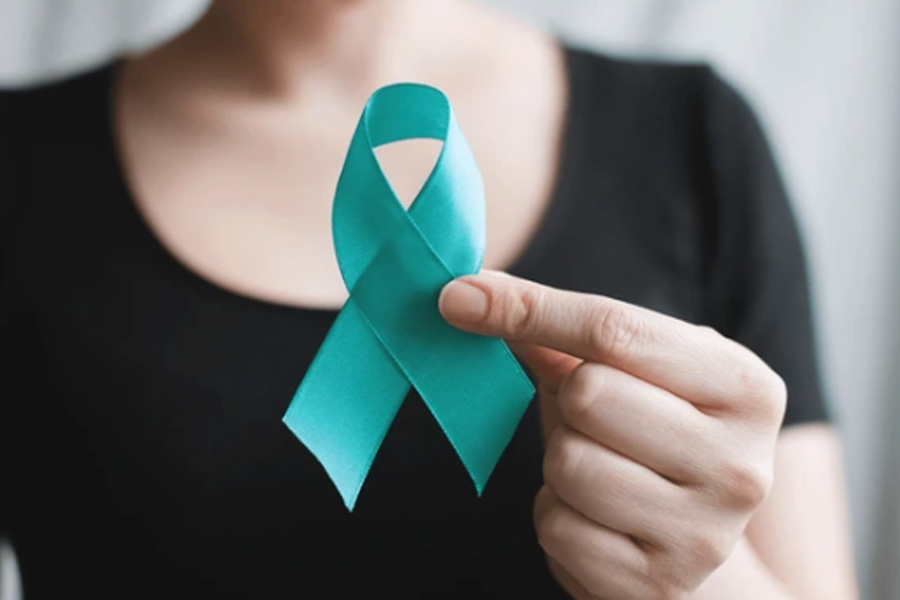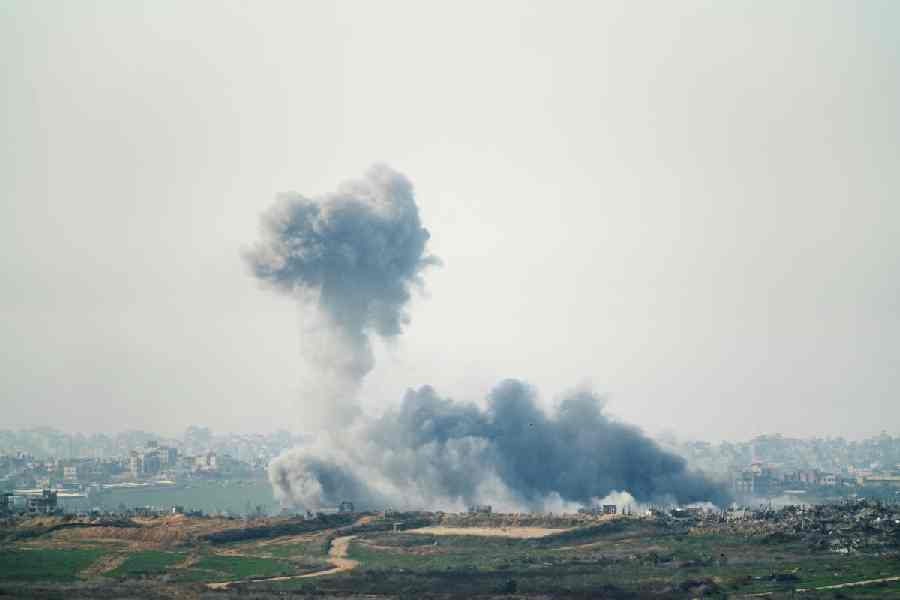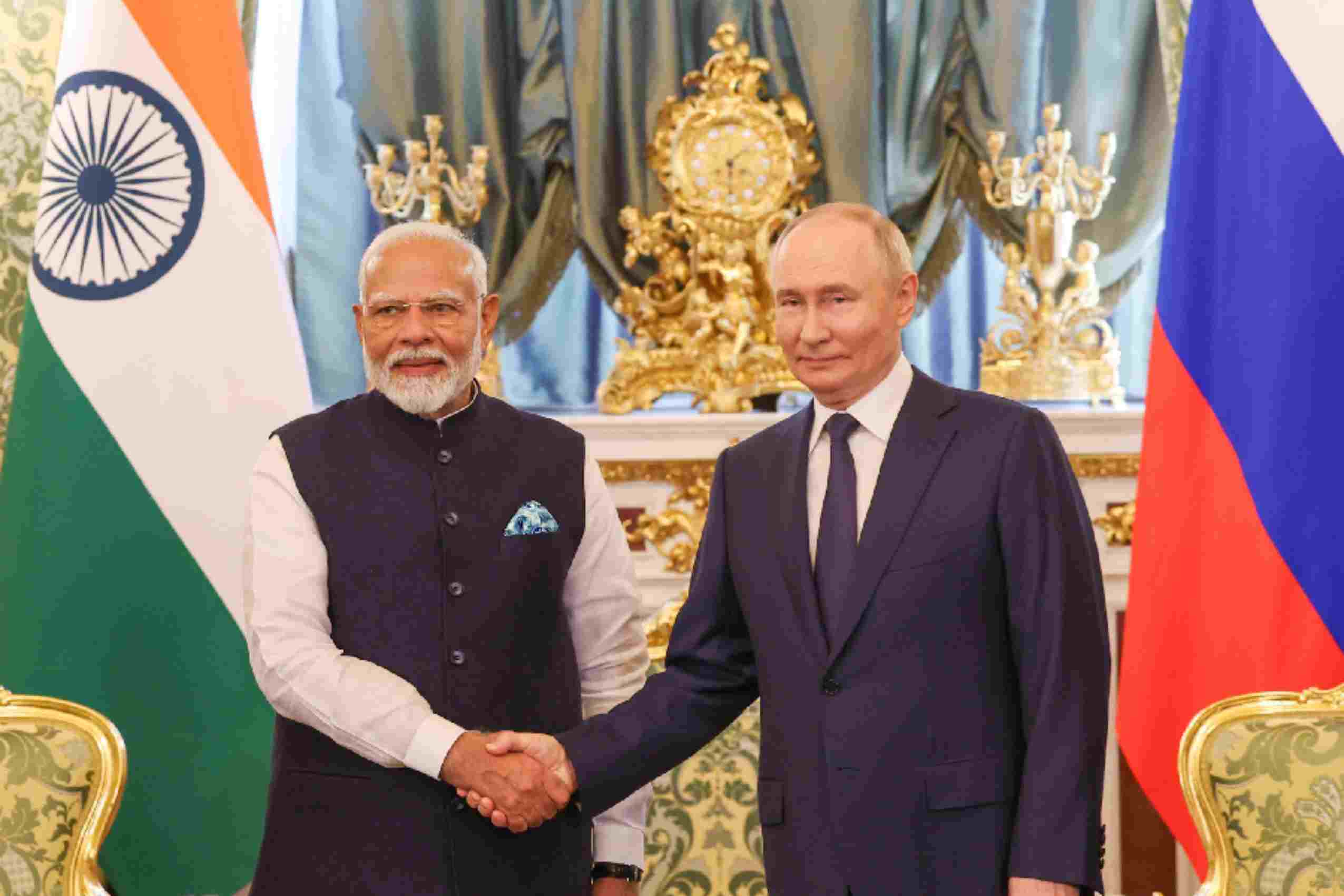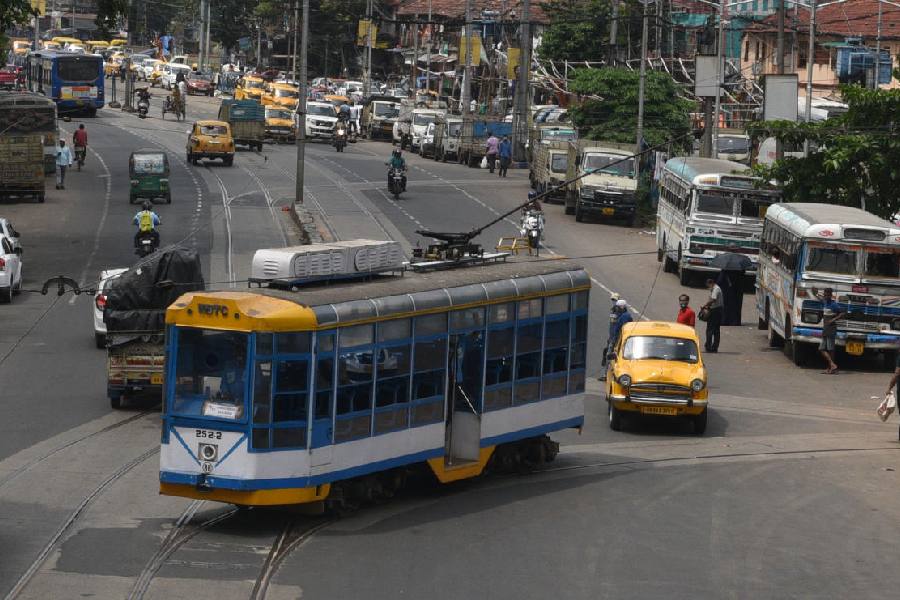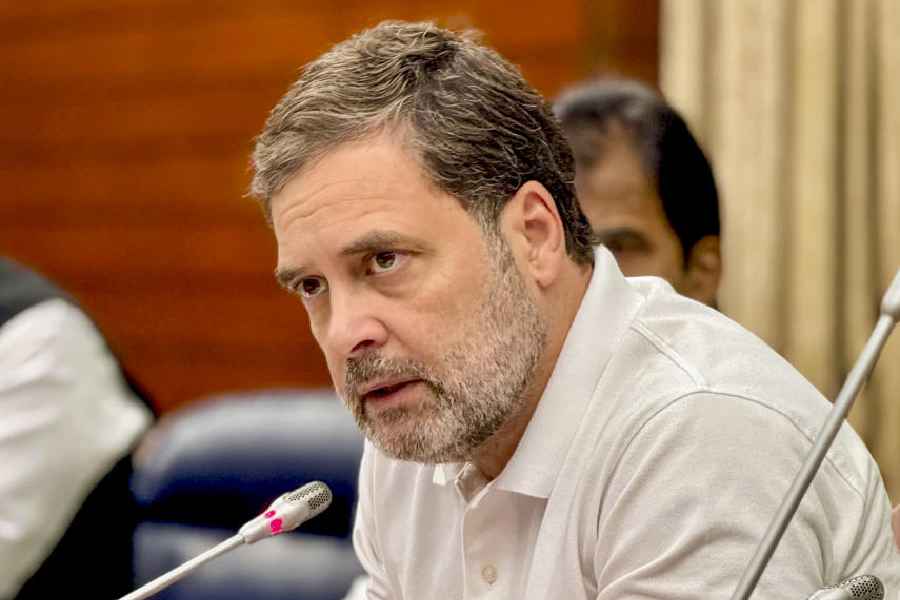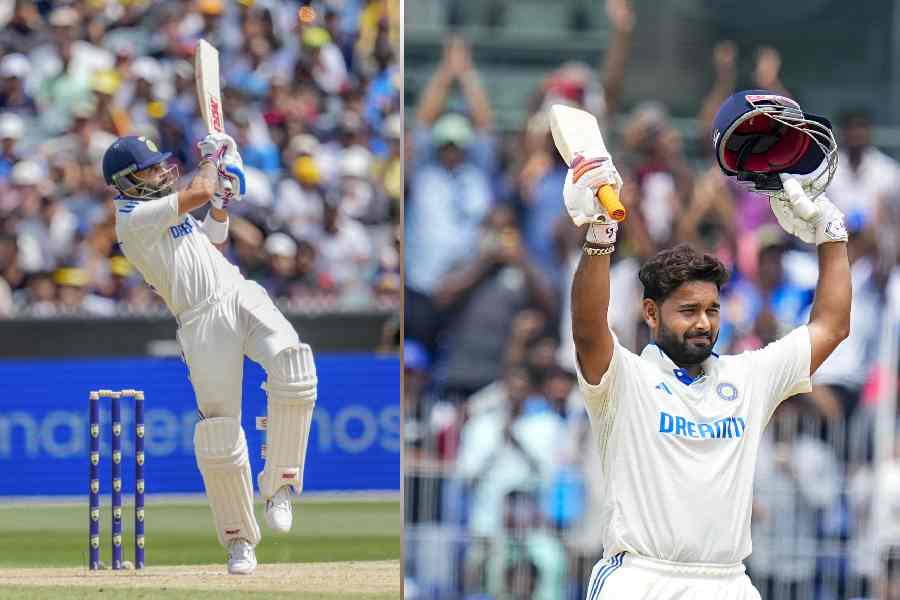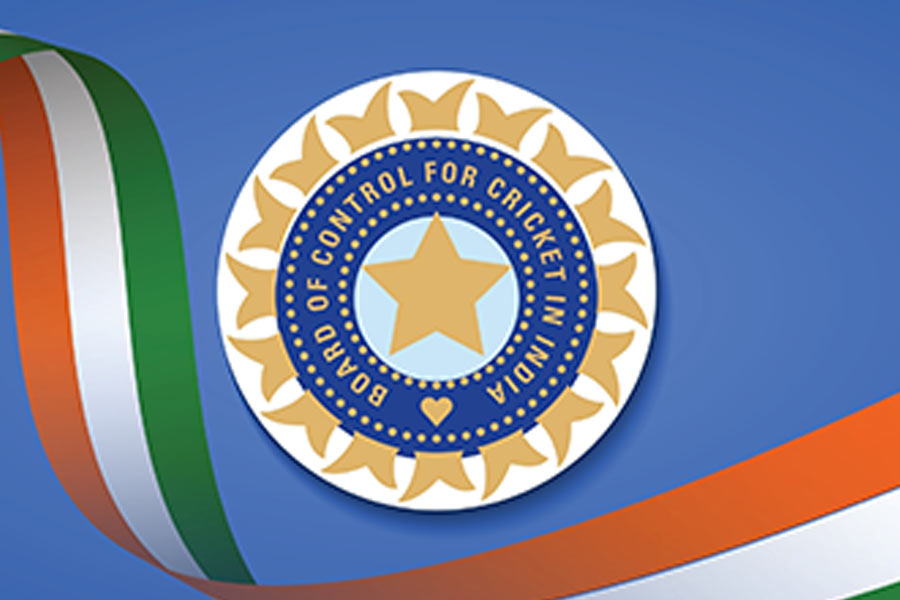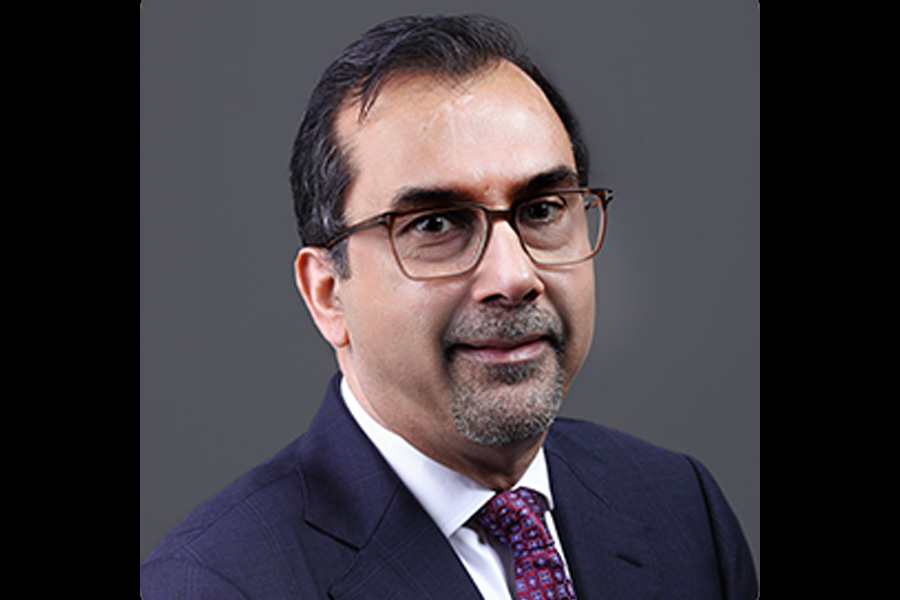The economic burden of treating breast cancer in India is projected to more than double by 2030 compared to 2021, driven by at least 48,000 additional patients every year, public health researchers have said in a new study.
Their study has estimated that the direct economic burden of treating all patients with breast cancer in the country will rise from $3.8 billion in 2021 to $8.1 billion by 2030. The 2030 figure is nearly 80 per cent of the Union budget for health in 2024-25.
The researchers, who used a powerful statistical tool to analyse historical patterns and make projections, have estimated that breast cancer will hit around 9.36 million women in the country between 2025 and 2030, a 22 per cent increase over counts of patients between 2019 and 2024.
Multiple earlier studies have established a steady rise in India’s incidence of breast cancer, currently the leading cause of cancer among women. The new study is among the first to attempt to estimate direct and indirect costs imposed by breast cancer on the country till 2030.
The findings suggest that the prevention and control of breast cancer “is confronting enormous hurdles in India”, epidemiologist Rakesh Pillai and his colleagues from academic institutions across the country have said in their study published in the journal Scientific Reports.
They used previous estimates by other researchers for breast cancer in India from 2000 and 2020 to identify trends and make projections for 2022-30. Their analysis has estimated that the counts of patients will rise from 1.44 million in 2025 to 1.682 million by 2030, or 48,000 to 49,000 additional patients each year.
Cancer experts believe lifestyle changes, including smoking and alcohol consumption, delayed or no childbirth, oral contraceptive use, obesity and a growing ageing population are among multiple factors contributing to the rise in breast cancer.
The study has estimated that the direct treatment cost — assuming all women who develop breast cancer are treated — will increase from a projected $5.4 billion in 2025 to $8.1 billion by 2030.
To estimate direct treatment costs, the researchers used calculations from 2023 by another research group in Mumbai that had determined the average treatment cost as ₹219,000 for free patients and ₹416,000 for private patients at the government-funded Tata Memorial Centre Hospital, Mumbai.
“The actual direct economic burden will likely be much higher if we take into account the treatment costs in private hospitals,” said Denny John, a professor of public health and health economist at the MS Ramiah University of Applied Sciences, Bangalore, who designed the methodology and supervised the study.
In reality, the researchers say, high treatment costs and the lack of access to appropriate treatment may lower the direct economic burden on treatment. A study by researchers at the International Institute of Population Sciences and the Tata Memorial Centre two years ago had found that nearly 14 per cent of breast cancer patients had discontinued treatment and only 9 per cent were covered by a health insurance scheme.
"More people need to have access to health insurance to pay for breast cancer screening," John and his colleagues wrote in their paper. Routine breast cancer screening in high-risk populations such as those with diabetes or obesity will help in early diagnosis and treatment.
The high cost of treatment and out-of-pocket expenses during and after treatment pushes many households into distress financing, John said. Distress financing involves paying for treatment by selling assets such as jewellery, property or by taking loans.

